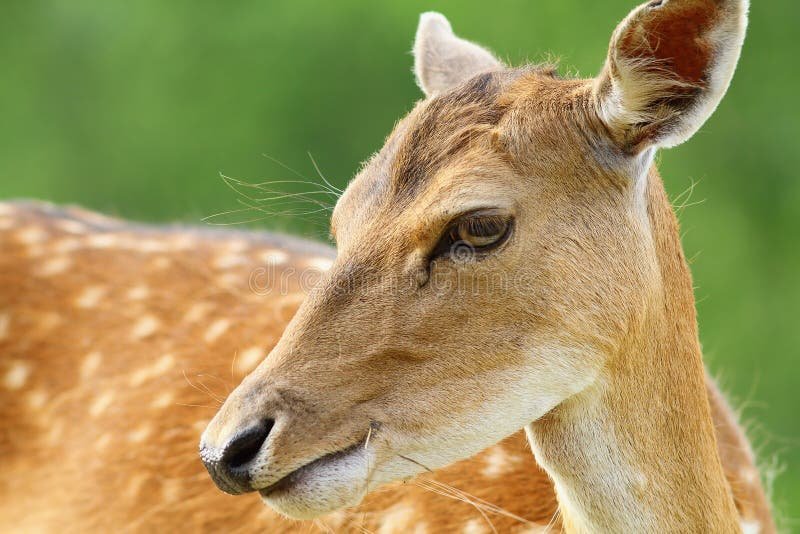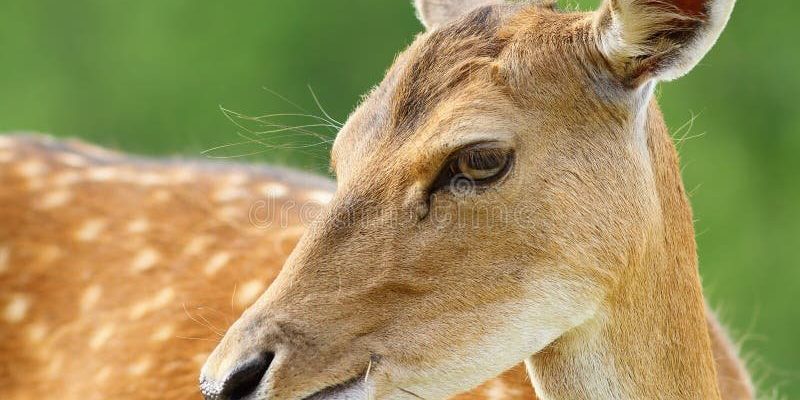
Imagine sitting in a quiet forest, observing these beautiful creatures. You’d notice them engaging in social behaviors, navigating their environment, and communicating with one another. Isn’t it fascinating to think that there’s a lot going on behind those curious eyes? In this article, we’ll dig deeper into fallow deer cognitive abilities and unpack how their brains work in everyday scenarios.
Understanding Fallow Deer Behavior
Fallow deer, with their rich history and striking appearance, are a great example of how behavior can be influenced by both genetics and environment. These animals are known for their adaptability, which is a sign of their intelligence. They instinctively know how to find food sources, avoid predators, and navigate their surroundings.
One key aspect of fallow deer behavior is their social structure. Typically, they live in herds, which helps them stay safe from threats. You might think of it like a school of fish: when they’re together, they can look out for one another, offering protection in numbers. This social interaction is crucial for their survival, indicating that they possess a level of social intelligence.
In addition to their social skills, fallow deer are quite good at communication. They use vocalizations, body language, and even scent marking to convey messages. Whether it’s a warning call or a mating signal, these forms of communication show that fallow deer have a sophisticated way of interacting with one another.
Cognitive Abilities of Fallow Deer
When it comes to intelligence, fallow deer exhibit several impressive cognitive abilities. One of the most notable is their problem-solving skills. In the wild, these deer often face challenges, like getting past obstacles or discovering food hidden behind barriers. Research shows that they can learn from experience and adapt their strategies for future challenges.
For example, if a fallow deer encounters a new type of fence blocking its path, it might take note of how previous deer have navigated similar fences. This kind of learning not only showcases their intelligence but also their ability to apply what they’ve learned to new situations. They might even figure out how to work in tandem with other herd members to overcome obstacles together.
Another fascinating aspect of their cognitive abilities is their memory. Fallow deer can remember locations of food sources and watering holes over time. This memory aids them in surviving seasonal changes when food availability might fluctuate. It’s like having a mental map of their territory, which is invaluable for finding resources when they need them most.
Social Intelligence and Learning
Social intelligence is a significant part of how fallow deer thrive in their environments. These deer not only interact with their peers but also learn from them. When one deer finds a new food source, it often shares this discovery with the rest of the herd.
The process of learning through observation is critical. Younger deer watch how older, more experienced members of the herd behave and adapt their actions based on what they observe. This social learning mechanism is a hallmark of intelligent species, showing that fallow deer rely on communal knowledge to navigate their world.
Additionally, their ability to form social bonds builds on their social intelligence. Fallow deer often develop close relationships within their herd, which can lead to cooperative behaviors during foraging and protection against predators. These relationships enhance their survival skills, illustrating their emotional and cognitive depth.
Adaptability to Environment
One of the standout features of fallow deer is their adaptability. These creatures can thrive in various habitats, from woodlands to grasslands, and even urban areas. Their ability to adjust to different environments speaks volumes about their cognitive flexibility.
For instance, in urban settings, fallow deer might change their foraging habits by learning to feed on garden plants or shrubs instead of relying solely on natural vegetation. They observe human behavior and adjust their own actions to minimize conflict while seeking food. It’s almost like they’ve developed a sixth sense for survival in human-dominated landscapes!
This adaptability also extends to their seasonal behaviors. Fallow deer have the cognitive capability to recognize changes in weather and food availability, allowing them to migrate or shift their routines accordingly. This ability to adapt is essential for coping with challenges and opportunities in their environment.
Emotional Intelligence in Fallow Deer
You may not think of deer as emotionally intelligent creatures, but they exhibit behaviors that suggest otherwise. Past research has indicated that fallow deer can express different emotions through their body language and vocalizations.
For example, when a deer feels threatened, it might take a defensive stance with its ears back and tail low. Conversely, when they’re calm, you’ll see them more relaxed, often grazing peacefully in the company of their herd. Recognizing these emotional cues helps the herd function better, ensuring that members can respond to each other’s needs.
Moreover, fallow deer seem to experience a range of emotional states, including fear, excitement, and bonding experiences with others in their group. Their ability to form tight-knit social groups suggests that they can recognize familiar individuals and respond accordingly. It’s pretty remarkable, isn’t it?
Comparing Fallow Deer to Other Species
When you compare fallow deer to other deer species, a few distinctions become clear. For example, white-tailed deer tend to exhibit more solitary behavior, while fallow deer thrive in social settings. This difference highlights the unique social intelligence of fallow deer, as they rely heavily on group dynamics for safety and resource sharing.
Additionally, animals such as elephants or dolphins are often hailed for their intelligence because of their advanced problem-solving skills and emotional depths. While fallow deer may not reach the same level of cognitive complexity, their own forms of intelligence are impressive in the context of survival in the wild.
In some ways, this comparison shows that intelligence isn’t just about being the most clever but about successfully navigating one’s environment. Fallow deer may not build structures like beavers or use tools like crows, but their adaptability and social behaviors reflect a different kind of intelligence that is just as valuable.
So, how smart is a fallow deer? Honestly, quite smart! Their ability to adapt, communicate, and interact socially paints a picture of animals that are not just surviving but thriving in their environments.
From their problem-solving skills to their emotional intelligence, fallow deer show us that intelligence comes in many forms. While they might not be competing with humans or primates on an IQ test, their unique cognitive abilities allow them to navigate their world with grace and ingenuity. Whether they’re dodging predators, forging social bonds, or adapting to urban life, fallow deer demonstrate a remarkable level of intelligence that deserves our awe and respect.
Next time you see a fallow deer, take a moment to appreciate the intricate behaviors and clever adaptations that allow these beautiful creatures to thrive in their own right.

